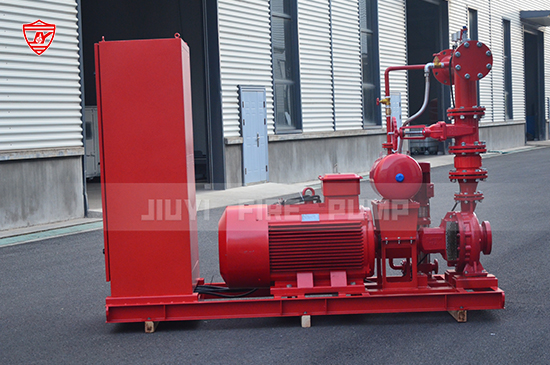In the world of fire protection systems, accuracy is everything—and when it comes to fire pump head calculations, precision can make the difference between a system that saves property and lives, and one that fails when it’s needed most.
The "head" in fire pump systems refers to the pressure required to move water from the source to the most remote or highest outlet point in the fire protection system. It’s usually measured in meters (or feet) and directly affects the design and performance of the fire pump.

A miscalculated head can cause either low or excessive pressure. Too little, and the sprinkler system won’t activate effectively. Too much, and the components may be damaged or cause water hammer issues.
Organizations like NFPA 20 require specific parameters in pump design. If your head calculations are off, you risk non-compliance—which can delay projects or lead to costly redesigns.
Oversized pumps waste energy and increase long-term operating costs. Undersized pumps may fail to deliver water effectively during a fire emergency. Both are risks that can be mitigated with proper head calculations.
A fire pump does not work in isolation. It must be harmonized with the piping network, elevation differences, backpressure, and friction losses. Accurate head calculations ensure the entire system operates efficiently and reliably.
Correct head ensures the pump operates within its best efficiency point (BEP), reducing wear and tear. This contributes to longer equipment life and safer operations.
An accurate fire pump head calculation should consider:
Elevation difference between the water source and highest sprinkler
Friction loss in pipes, valves, and fittings
Backpressure from system components
Required pressure at the most remote sprinkler or hose outlet
Use hydraulic calculation tools or consult fire protection engineers experienced in fire pump sizing and system design.
Whether you're designing a system for a high-rise, industrial plant, or commercial space, the importance of precise fire pump head calculation cannot be overstated. It’s not just about code compliance—it’s about saving lives, protecting assets, and building systems that won’t fail in a real emergency.